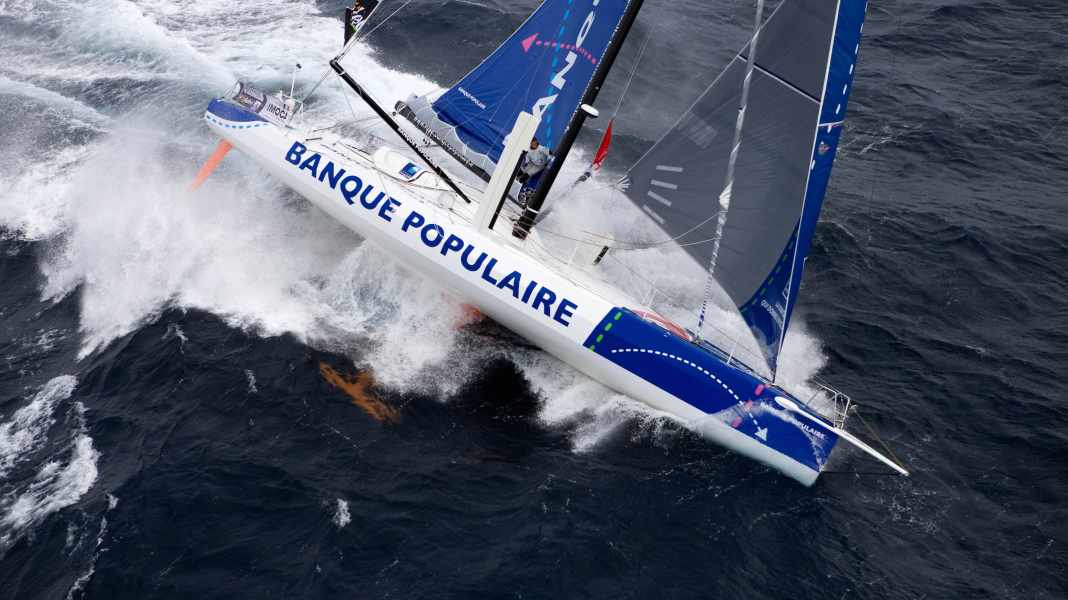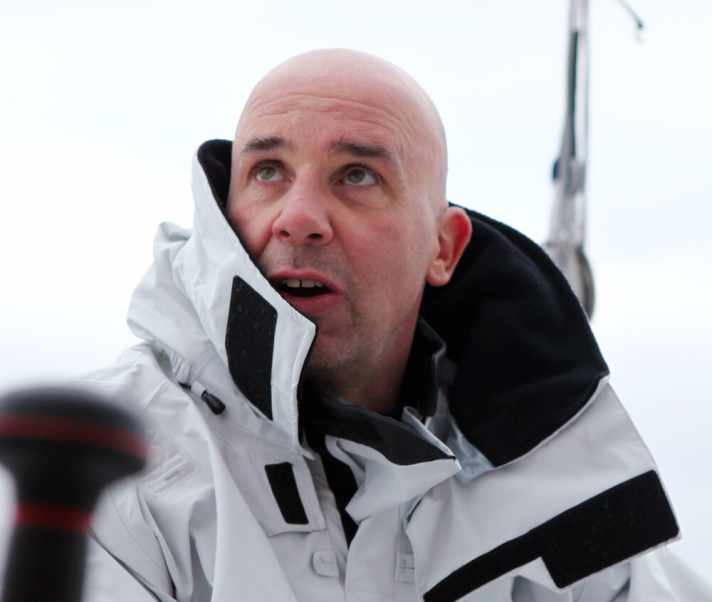
It was a long, tough struggle: For almost two years, the members of the class association have been grappling with the difficult question of whether or not the Open 60 should be one-design boats in future. It was very clear that the skippers are having a hard time with this. For many, especially from the French camp, the Open 60 class is also so exciting because it is a hotbed of innovation and ideas. This is where the technical possibilities are explored, many skippers even have an engineering background and love the boats for their complexity.
However, two things put more and more pressure on the class: The cost of a boat capable of winning has been exploding for years, and the logistics surrounding the increasingly sophisticated designs are becoming more and more complex. A boat capable of winning currently costs around 3 to 3.5 million euros. But keels that only last one circumnavigation, filigree rigs that come down once on almost every boat before it is ready to race - that is a drain on capital.
The second reason is the still relatively high number of cancellations due to mast breakage and keel problems. At the last Vendée, four boats lost or suffered keel damage ("Safran", "Maitre Coq", "Paprec Virbac", "Acciona"), on "Saveol" the mast came off the top. The many failures are a deterrent for sponsors and often make the race less exciting, although the last Vendée went down in the history books with the thrilling duel between François Gabart and Armel Le Cléac'h.

What does Germany's only Open 60 skipper Jörg Riechers have to say about the new regulation? We caught up with him shortly before test sailing with his "Mare" in France against "Safran" and other top boats. "I think the regulation is great, it reduces costs and the old boats remain competitive. We don't have to change anything. It is true that 'Maitre Coq' had keel damage on the Vendée, but that was a clear production error in a part of the hydraulics, which has now been rectified. Apart from that, we are lucky that the keel even meets the new requirements."
The rules stipulate a keel fin forged from a single piece and then milled; carbon fibre or even more expensive titanium solutions such as on "Safran" are therefore prohibited.
Imoca has not yet published many details about the rig and keel, but Jörg Riechers already knew more: "There will be two rig variants, both for boats with wing rigs and outriggers as well as a standard three-saling variant. In principle, however, there is a lot of freedom, only the mast length and the centre of gravity are fixed. Certain very expensive carbon fibre laminates will also be banned in order to save costs."
It remains to be seen whether the cost brake will work, as the lack of sponsors still has the scene firmly in its grip. According to Riechers, only three new boats are currently being developed and built, another "Safran" for Marc Guillemot, a boat for the Spaniard Iker Martinez and another as yet unknown project.
